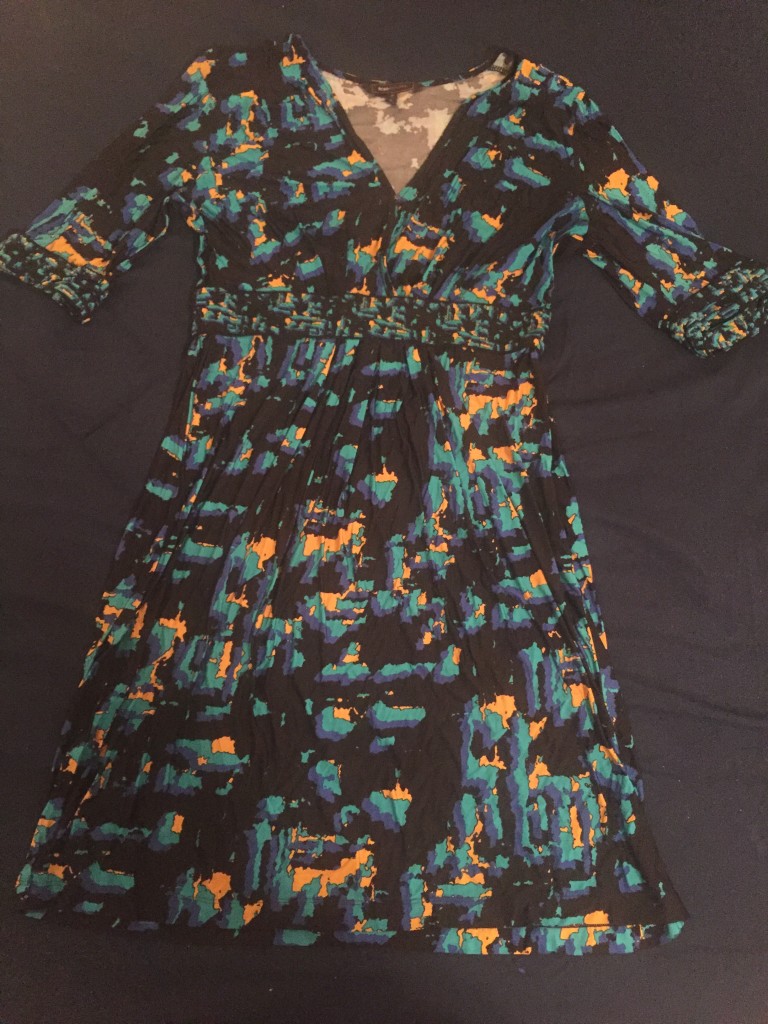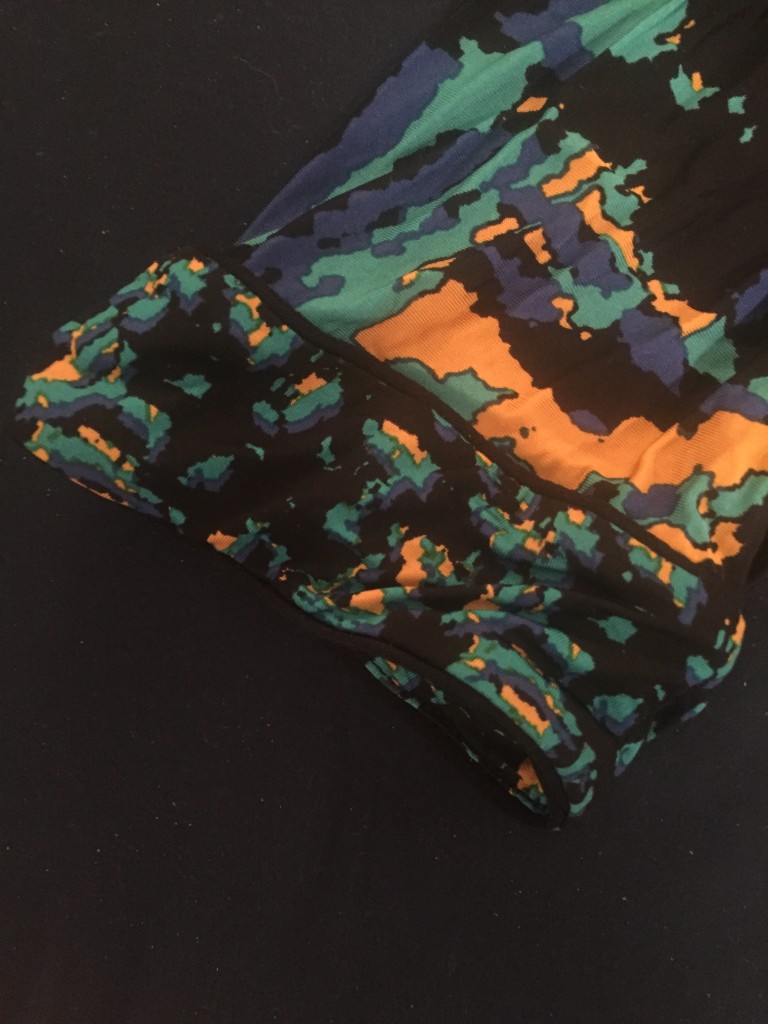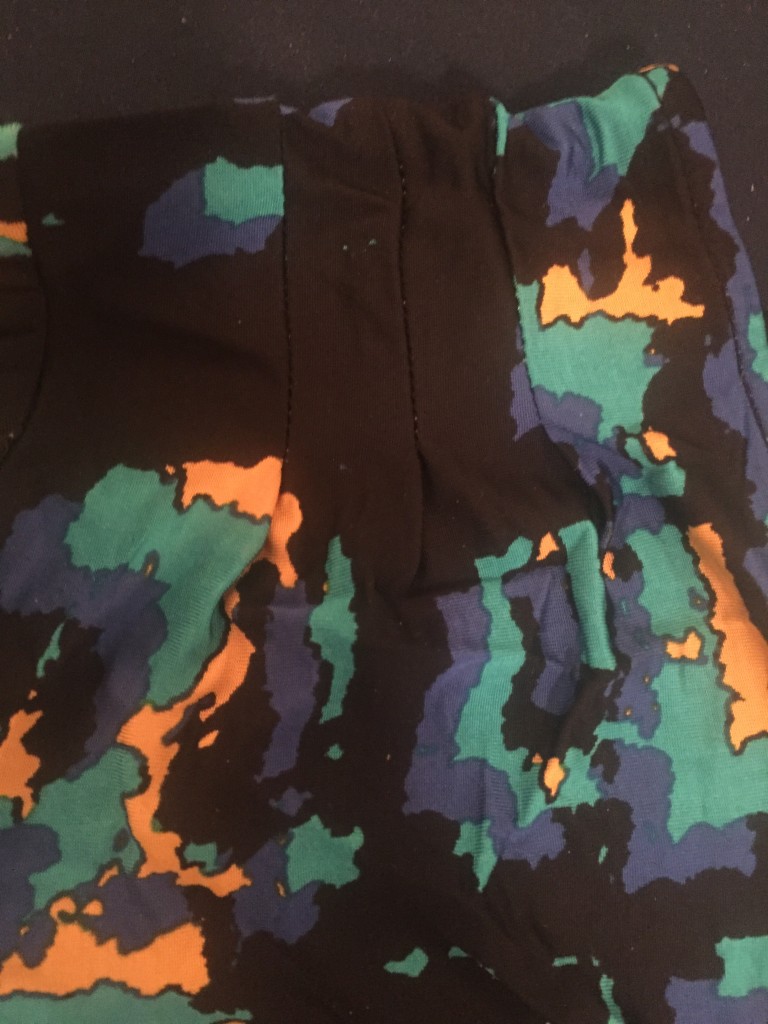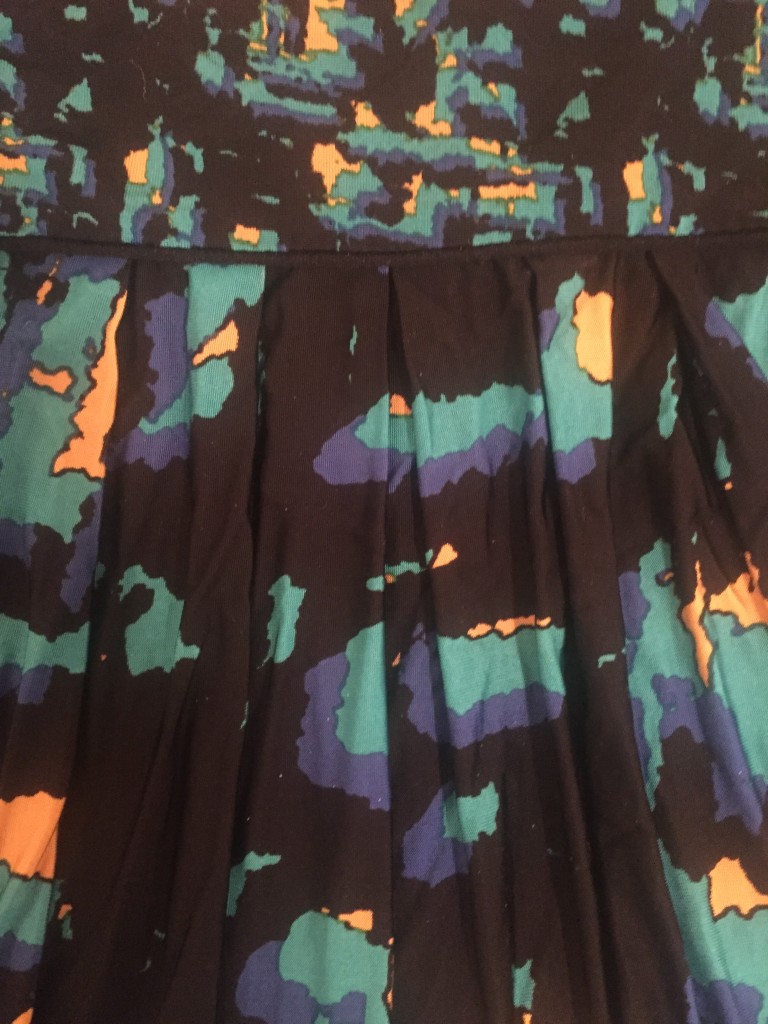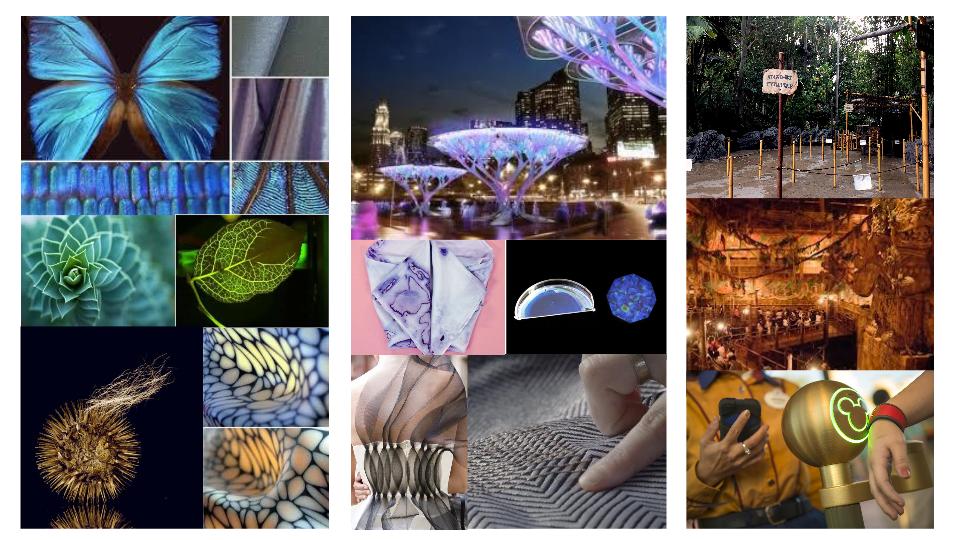Note: This project is a collaboration with KC Lathrop.
Wearable Tech Project:

1. What is the purpose of the artifact you are designing?
The purpose is to encourage body movement by having pleasant musical feedback. If people are incentivized by music, will they move more? This artifact will help to recreate the perception of our bodies when it’s seen as a tool to create what we hear. Listening to music is typically a passive experience with dancing as a result of the music. We are going to explore how one’s body moves if the movement, or “dance” comes first.
2. Why does it exist?
Music is powerful in my ways. It can excite us, or calm us down. It even can help us remember, according to Michael Rossato-Bennett’s film, “Still Alive” that documents how music improves the lives of people with dementia. This would help music become more accessible, as it would essentially be apart of your body. Another important element of this object is that it would encourage people to move. With the evolution of technology, people are more sedentary than ever. According to James A. Levine, an obesity specialist at Mayo Clinic, “It’s the disease of our time. Any extended sitting can be harmful” (www.lifespanfitness.com).

3. What will it DO? (How will it do it – but you can only answer this if you are clear about the rest of the answers)
As a person moves it will play parts of a song, or notes from a song, enabling a person to interact and recreate music with their bodies. It will have flex sensors in the shoulders of the shirt, which will be mapped to different samples of a song or notes. Each movement will have a corresponding sound.
4. How does it work? Step-by-step – (you open a box, a drawer, you plug it in, you charge it, you press on a button to activate it or it is always on… etc)
1. Put on the shirt.
2. Connect your phone using App via BLE to activate connection
3. Move and listen for music feedback
5. Why would someone want to use it? What do you add to their life? Remember that value is shared, applied based on some sort of value system onto objects. So think about communication, and shared values.
Humans love music. It can be personalized to fit their emotions, taste, or activity. We love alone through our headphones, or at large events with amplified sound. When we listen to music we tend to move, but not everyone is comfortable with dancing or using their body to express their feelings. This wearable would combine an interactive experience with music, in which a person has control of what their hearing, the natural impulse to move, with the encouragement to use their body as a tool to personalize their musical experience. It can be a shared experience as well either with a performance or by two people creating a music with together.
6. What is your anchor?
The key idea is that we love music and need to move more. With this wearable the movement controls the music, rather than the other way. It gives people the chance to express how they want to interact with the music they hear through their bodies.
7. Describe in 1 paragraph your project.
We will be creating a shirt that has flex or bend sensors in the shoulders. In possible later iterations, we will have sensors in the elbows and wrists. The sensors will be mapped to sounds of music programmed in a mobile device via BLE. Our main demographic of users people interested in increasing their awareness of their body movements and encouraging those to move more.
Sources:
https://www.youtube.com/watch?v=GM0MJBnLENA
https://learn.sparkfun.com/tutorials/hackers-in-residence—sound-and-motion-reactivity-for-wearables
Moff Is A Wearable Bluetooth Bangle For Kids That Adds Sound-Effects To Everyday Play
http://blogs.scientificamerican.com/guest-blog/the-power-of-music-mind-control-by-rhythmic-sound/
http://www.kobakant.at/DIY/?p=5615
